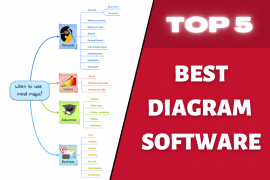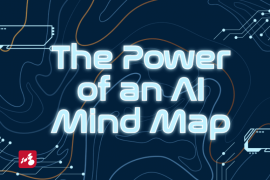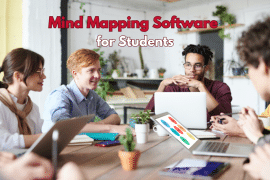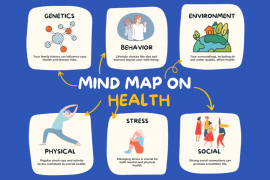As you may know, assistive technology (AT) means any item, piece of equipment, software program, or product system that is used to enhance, maintain, or improve the functional capabilities of persons with impairments. Basically, assistive technology allows people with disabilities to compensate for certain incapacities, by promoting independence and reducing the need for additional support.
In education, assistive technology is used for students with disabilities to overcome barriers due to reading, attention, organization, memory, and the physical demands of the tasks related to the coursework. Examples of assistive technology instruments include screen readers, speech to text, spell checking and mind mapping.
Mind mapping as assistive technology
Mind mapping transforms monotonous information and details into colorful, interesting, and extremely structured graphs that act in line with your brain’s natural way of thinking.
Mind maps have a natural structure that radiates from the center and they use lines, symbols, words, colors and graphics to flowchart ideas. They have a lot of beneficial uses, from brainstorming and illustrating concepts to structuring thoughts or daily activities.
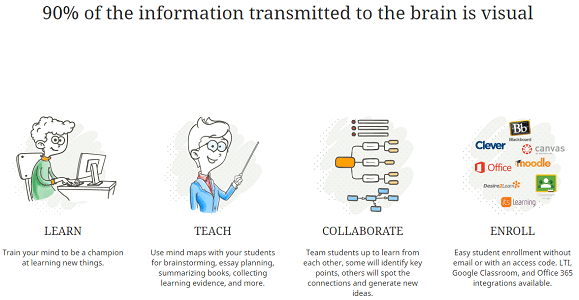
Mind mapping as assistive technology is an excellent technique for:
– supporting people with learning difficulties (Dyslexia, ASD, ADHD) organize their ideas
– helping individuals plan their activities visually
– improving the note-taking system during classes
– eliminating the stress associated with repeated reproduction of the information
Mind mapping as assistive technology is helpful for students that have difficulties processing a linear order. For example, dyslexic learners can gain from mind mapping, because it is a visual as well as an audio approach to comprehending information. Mind maps break down complex data into pieces that can be organized into branches and sub-branches to simplify the understanding of information.
Mindomo mind maps make it easier for dyslexic learners to structure assignments and presentations in a visual manner. The style interface, easy-to-understand icons, and standard keyboard shortcuts make mind mapping an eligible technique for users at any skill level.
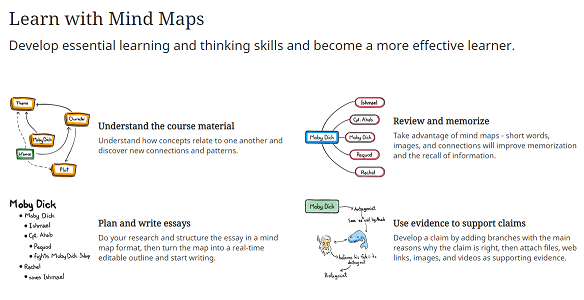
Mindomo developed functionalities designed to assist users with impairments:
Friendly interface – Mindomo uses an easy-to-use interface, with an accessible toolbar menu, less likely to distract learners from the platform.
Customizing the mind map – Mindomo enables users to edit map styles and layouts to match their learning styles. For users with visual sensitivities, illustrations, colors, fonts, and shapes can also be applied to branches as well as various background colors. Users can create their own custom styles which can be saved and used for all future maps.
Framing and organizing ideas – Mindomo provides a coherent structuring solution with multiple interchangeable layouts regardless of which view is being used.
Outlining – Mindomo enables users to switch to an outline view to get a linear overview of their work. All the process is reversible and preserves all the resources from the original mind map.
Exporting to various formats – Users can turn their mind maps into Microsoft Word or PowerPoint documents with one click. In Microsoft Word, the structure will be maintained with a table of contents whereas in Microsoft PowerPoint each branch and sub‐branch will become a slide.
Structuring notes and research – Mindomo allows learners to add unlimited resources to maps in the form of text notes, hyperlinks, sound files, or even their own audio recordings. This allows users to visually organize notes or research into one document with links to all the relevant information.
Templates – Mindomo displays a range of templates with clear instructions to ensure learners understand and complete activities and assignments. Users also have the possibility of creating from scratch or customizing their own templates.


